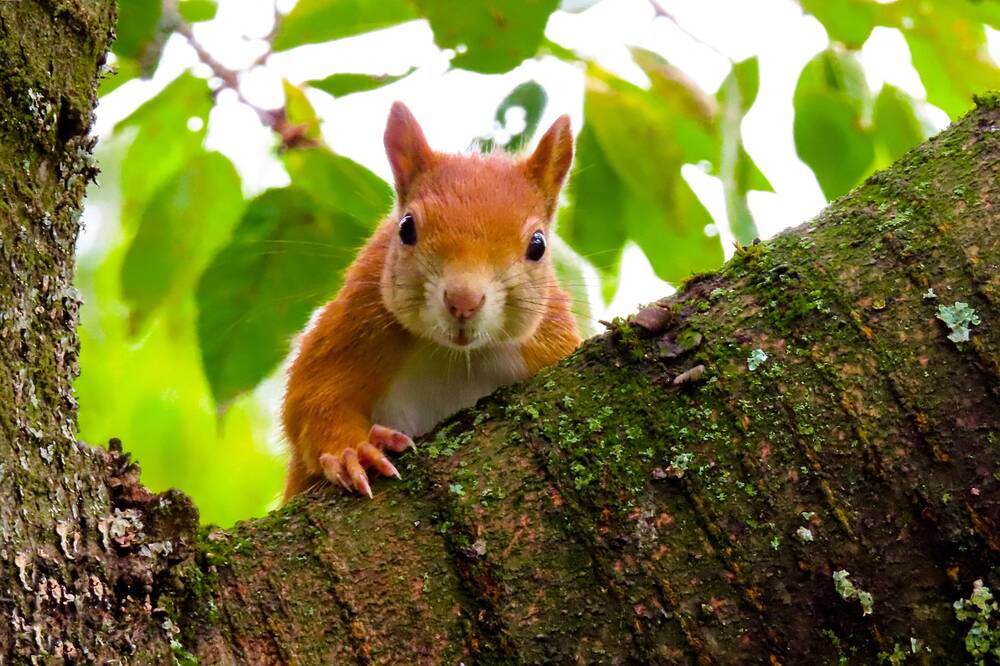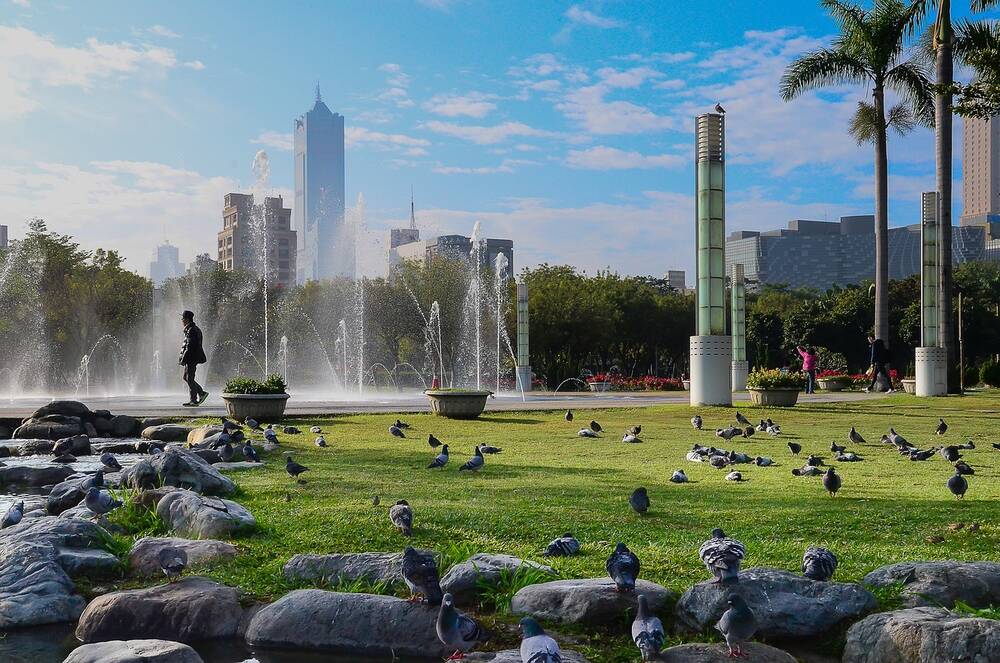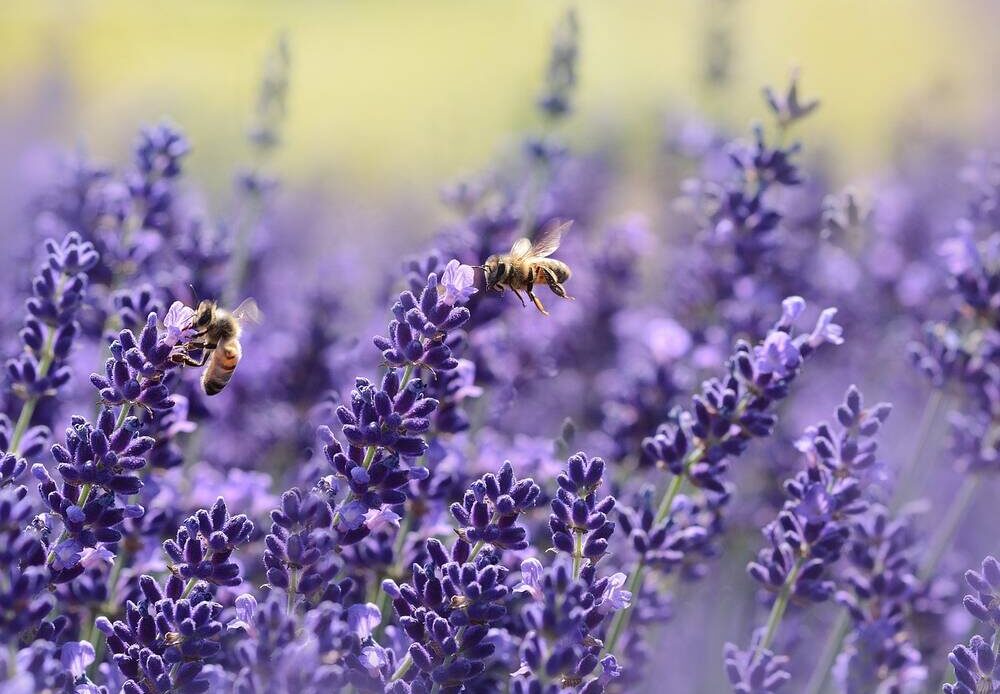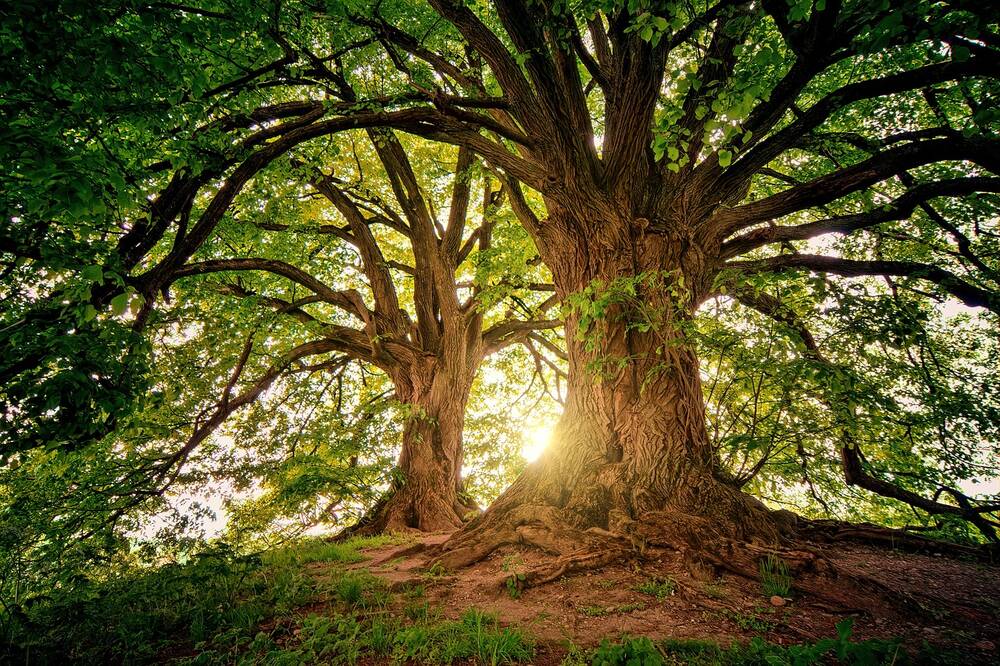The Biodiversity Net Gain policy has been in effect since 12th February 2024, meaning that developers now have to contribute 10% towards our net gain of biodiversity or they will not receive planning permission from their local planning authorities.
This form of environmental management has been in the works for many years and has finally come into effect. It is an exciting signpost of fighting against climate change and saving the wildlife around us.
Once the planning authority passes approval, the site is maintained by ecologists for 30 years, and closely monitored to keep the work on track for the 10% gain.
The best type is on-site BNG, where they leave their development site in a better condition than it was before post-development. If this cannot be achieved due to limited space, environmental constraints or lack of time, then they fall to off-site BNG.
This includes habitat enhancement as close to the development site as possible, to a specific degree calculated by the statutory biodiversity metric that results in, after 30 years, a 10% environmental gain.
The final, last-resort option is biodiversity credits, where developers buy directly from the government, as an easier route but much more costly.
This article will explain some examples of how ecologists will achieve the 10% gain in off-site and on-site BNG.
Habitat Creation
A huge method of achieving BNG is habitat creation or enhancement. Our local ecosystems have suffered years of abuse from more and more human activity, knocking down trees and land, and wiping out entire habitats.
The introduction of biodiversity units means that new natural habitats will be created from start to finish, with species such as hedgehogs and water voles at the highest risk of extinction due to years of habitat destruction.
The 30-year time period for each biodiversity unit allows for the careful cultivation of new habitats and ensures that species have time to sustain and grow, restoring population levels and creating resilient ecosystems.

Habitat Restoration
As well as creating new habitats, different areas of the UK will have different requirements. Some areas will have suffered entire habitat loss, whereas others will have suffered partial, in which case the ecologists will administer effective plans and measures to restore the habitats.
Existing habitats with minimal damage will be restored. Examples of this are removing invasive species, restoring rivers and wetlands, planting trees and creating wildlife corridors for animals to safely navigate between habitats.
Species Reintroduction

Biodiversity Net Gain is a policy that we need for the future of our environment, and generations ahead of us.
Disruptions from human activity have caused loads of species to become endangered, including pollinators. 35 UK bee species are endangered, and if they go extinct, we lose half of our fruits and vegetables.
The diversity of fresh foods would massively decline, and we would struggle to sustain the population with human nutrition likely suffering.
This and a plethora of other issues highlight the need for species reintroduction. BNG supports the environment and strengthens our ecosystems, allowing species to grow and be introduced into conserved, created or restored habitats.
Buffer Zones
Buffer zones fall under local nature recovery strategies. They protect two areas, such as different habitats, by providing a transitional space between them. Examples of this are around protected areas, gradually transitioning protected environments to the areas that have more human activity.
Without buffer zones, protected species and irreplaceable habitats can be exposed to dangerous areas, such as motorways. Sensitive landscapes are protected by these zones with rich plant resources that can sustain a diverse plethora of wildlife.
They act as protective shields, creating barriers against pollution, noise and encroachment.
Green Infrastructure

On-site BNG occurs when the net gain can be delivered at the development site. This is the best type of BNG as it directly restores the site of human activity, instead of harming one site and making up for it at a different location.
A key method of on-site BNG is green infrastructure. In this early stage of construction, the developer can consider multiple avenues of green infrastructure to implement in the building stage.
Examples of this are green roofs, rain gardens, bioswales or allotments. They not only make the area beautiful but also create habitats and filter pollutants
Wildlife Corridors
By creating wildlife corridors, BNG facilitates species movement and genetic exchange between habitats that have been destroyed and fragmented. These corridors ensure connectivity, aiding the overall health of ecosystems and their structures.
Think of the long rivers you see alongside motorways. These corridors have emerged as essential pathways for the survival of various species, especially with cities and towns on the rise.
By giving species the freedom to roam they can prevent local extinctions—stitching together broken landscapes and allowing wildlife to move freely between important habitats. They play a key role in counteracting the habitat disruptions caused by human activities such as farming, urban expansion, and building roads.
Water Conservation

The importance of conserving water has escalated, especially following 2022, which emerged as one of the driest years since the historic drought in 1976.
The surge in temperatures set new records, driving an unparalleled demand for water.
By encouraging the creation and restoration of habitats such as rivers, wetlands and riparian buffers the BNG initiative will effectively conserve water and challenge the years and years of decline of the UK’s water.
New green infrastructure across the UK will introduce water conservation in fantastic urban ways. An example of this is green roofs which collect rainwater to be used for the green roof plants, which is then released back into the atmosphere contributing to urban cooling.
Agroforestry

Some Biodiversity Net Gain initiatives will incorporate agroforestry; planting trees onto farmlands as a method to conserve water and provide shade, nutrients and shelter to livestock and crops.
This is immensely helpful in mitigating climate change, as trees are powerful carbon sinks that aid in balancing the carbon cycle.
With more trees, shrubs and hedges by their crops, farmers encourage healthier soil and thriving wildlife. This reduces the need for pesticides and boosts meat and milk production, with happier, healthier livestock.
Pollinator Gardens

BNG will see the cultivation of beautiful pollinator gardens across England.
A pollinator garden stands out as a lively space deliberately filled with flowers that generously provide nectar or pollen, catering bees, butterflies, and other pollinators crucial for ecosystem health.
Optimal placement in a sunny site, creating shelter from cold winds with flowering hedges, and grouping similar flowers contribute to a brilliant pollinator garden.
To save the endangered species, minimising or eliminating pesticide use is paramount, with nature-friendly gardens naturally regulating pest populations through the presence of birds and other predators.
Creating pollinator gardens across England is a beautiful way to ensure we keep diverse fresh foods.
Wildlife-Friendly Infrastructure
In order to achieve the 10% gain, developers can consider wildlife-friendly infrastructure to be integrated into their buildings.
These are built with wildlife in mind to challenge mass habitat loss and the climate crisis. This includes implementing native plants, animal-friendly corridors and lush green spaces into the forefront of infrastructure.
Not only beautiful, but this fosters ecological resilience, improves air quality and protects wildlife, such as bat boxes, bird feeders and green bridges which help animals navigate safely.
Green Building Standards
The Biodiversity Net Gain policy is well in line with green building standards, ensuring that all forthcoming developments will improve the environment more than it damages it.
Habitats destroyed in development will be conserved, protected and enhanced to a 10% mandated gain through off-site or on-site BNG delivery.
This way, construction collaborates with nature instead of dominating it, and sustainable construction practices are the only way forward.

